Flickering Lights in the House: Common Causes and Fixes
Flickering lights in the house can be due to any number of issues, some very serious indeed. Our guide reveals eight common causes and how to resolve them

Flickering lights in the house may seem harmless at first, but they do sometimes signal a more serious problem with home electrics, so it is important to seek assistance from a qualified electrician early on.
Given the potential health and safety risks involved with jobs like rewiring, electrics are a key area of concern for most homeowners. Persistent flickering lights in the house should, therefore, be brought to the attention of an electrician, who will be best placed to determine the root cause of the flickering and complete any necessary repairs safely and effectively.
This guide addresses eight of the most common reasons behind flickering lights in the house, how to identify them and when you should call for specialist electrical services.
1. A Problem With the Bulb
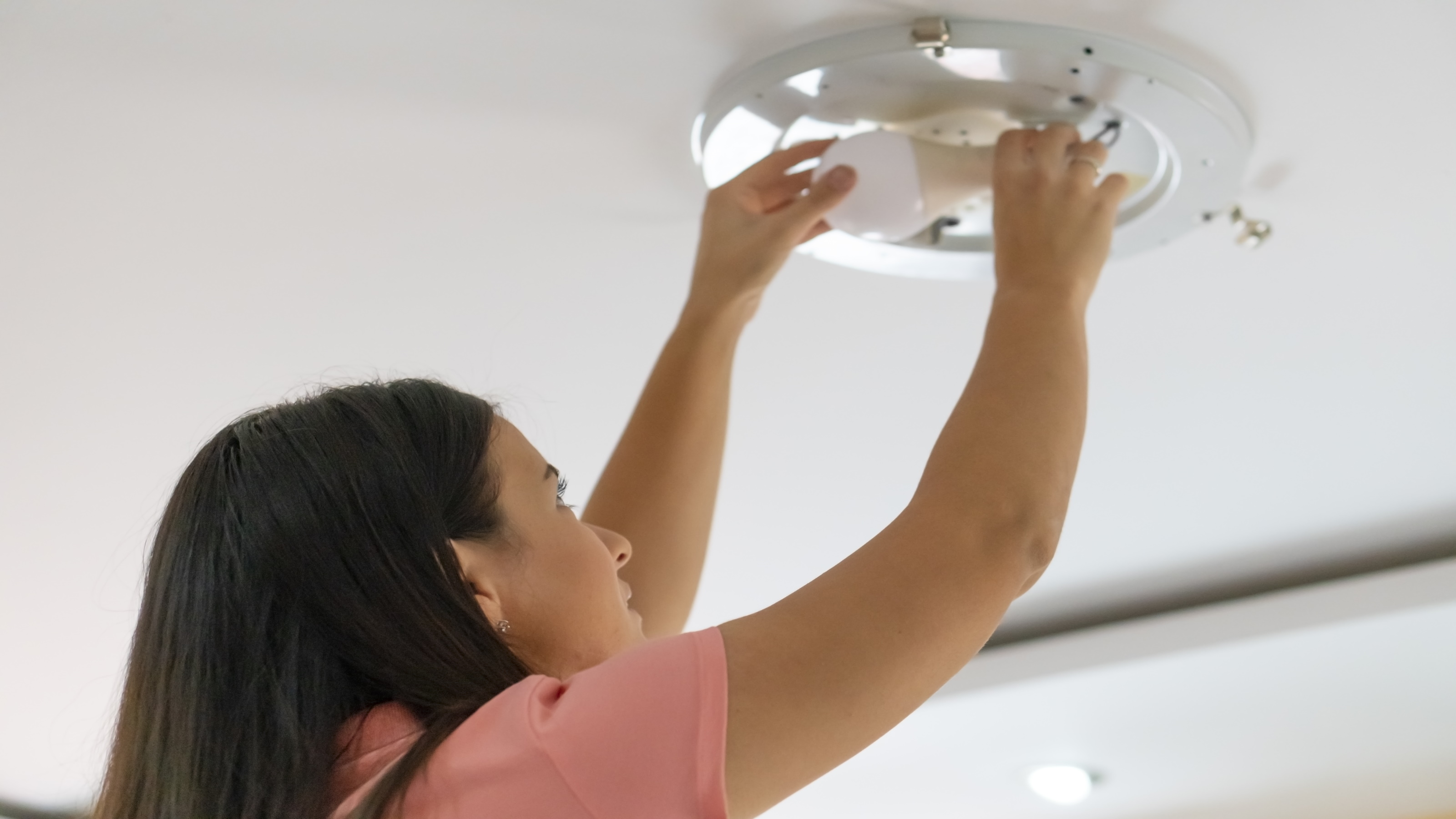
If you have just one isolated light flickering in the house, there could be a problem with your bulb. Most likely the bulb itself is either faulty or not screwed or clipped in properly, so make sure you check this first.
Swap out the existing bulb for a new lightbulb of the same type, ensuring that it is fitted correctly, and test whether this solves the issue. Do remember to turn off the light beforehand.
It is also important to note that some newer bulbs behave differently to their older counterparts.
Clive Holland, Fix Radio’s spokesperson and host of “The Clive Holland Show”, explains: "Years ago, the choice was GLS (General Lighting Service) which commonly looked pear- or candle-shaped and had a filament within. Occasionally, they would flicker just before they went pop.
"The 21st century, however, saw the advent of domestic LED lamps. Lightweight, with low running costs, and above all boasting up to 30,000 hours' life span — a real revolution in lighting.
"If any new lamp you buy today is flickering, it's usually faulty."
2. A Mismatched Bulb and Fitting
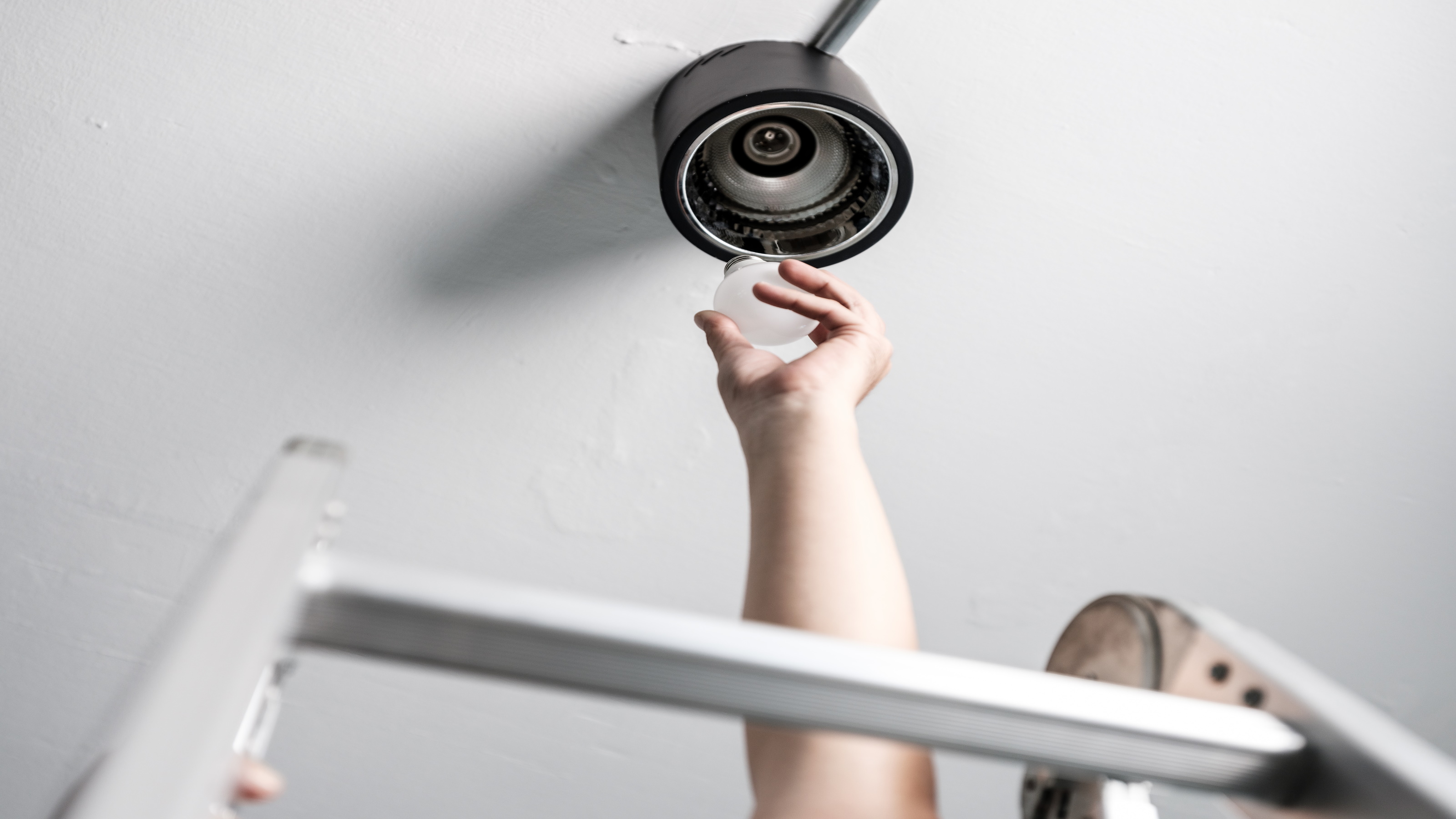
Different lightbulbs are designed to work with different fittings. Mismatches are as common now as they were decades ago, and even the best smart bulbs can be fitted wrongly.
Fix Radio’s Clive Holland explains: "In the '80s, the introduction of compact fluorescent lamps to replace the old GLS lamps was heralded as energy-saving. That was true, a 15W version replaced the old 100W old style and was said to give out the same lux (light) level.
"Problem was, to begin with, they were much bigger and heavier, and people struggled to fit them into existing fittings."
The good news is that mismatched bulbs and fittings can be easily sorted out. Simply check your fixture and replace the incompatible bulb with one that matches its specific switch. This should stop flickering lights in the house becoming a persistent problem.
3. Faulty Wiring
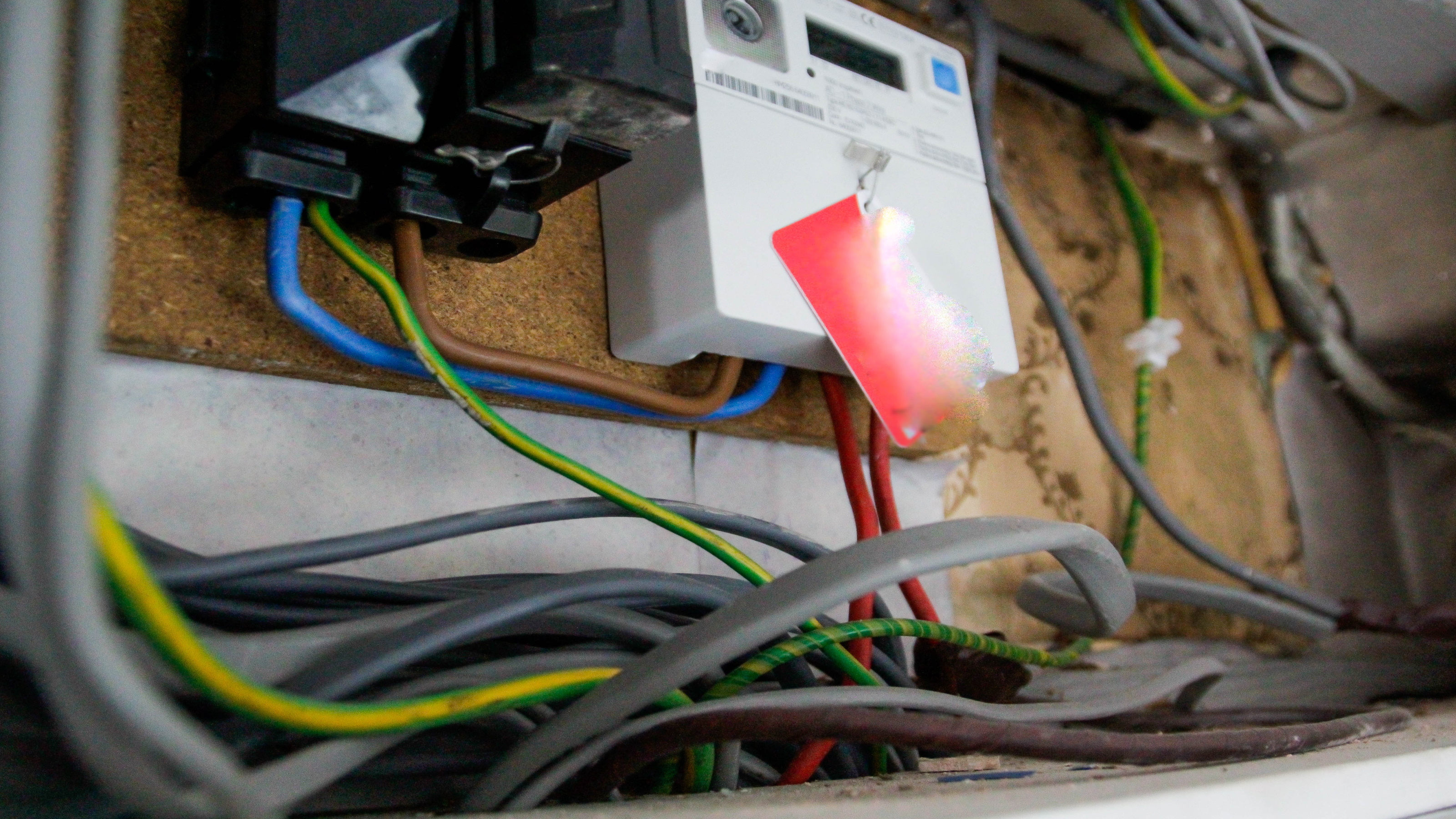
A home with any faulty wires is more likely to have flickering lights than not. If your wiring is loose or outdated, this can lead to a phenomenon known as arcing, where the electrical current 'jumps' between gaps in the connection, creating a potential fire hazard.
Faulty wiring in the home is unsafe and should be dealt with as a matter of urgency. Be sure to contact a qualified electrician if you think flickering lights in the house are wire-related.
"You need to know what to look out for — along with flickering lights, other common signs of wiring issues are burning smells, buzzing sounds, sparking, and outlets that are hot to the touch," says Danny Nieberg, a property developer and founder of Rezigo, an online marketplace for home maintenance services.
"If you’re experiencing these, don’t hang around; call in a professional right away — faulty electrical wiring is a common cause of house fires.”
4. Issues With Switches or Dimmers
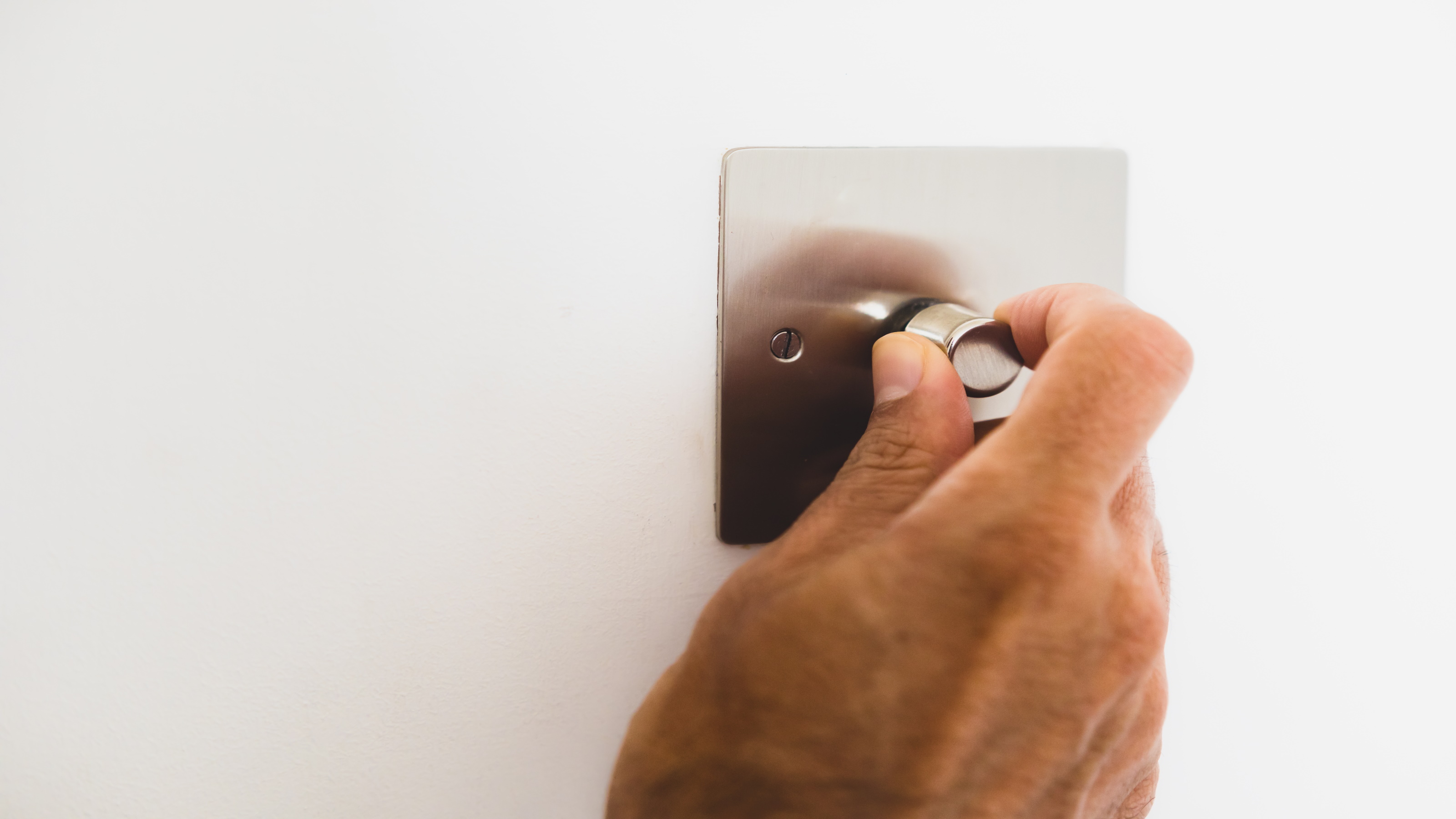
Another potential cause of flickering lights in the house is the switches and/or dimmers. This is especially the case if and when they're paired with the wrong lightbulb type.
Fluorescent or LED bulbs are sometimes interchanged with non-compatible dimmers, resulting in a persistent flicker. What's more, conventional dimmer switches tend to only accommodate incandescent or halogen bulbs, so make sure yours correspond accordingly to avoid any blinking or flickering.
Sophie Anthony, Category Manager at ElectricalDirect, explains: "When buying LED lamps (light bulbs) for an LED dimmer, always check with the manufacturer that the lamps selected are compatible, as not all dimmable LED lamps work with all LED dimmers."
Using the correct lightbulb type with the best light switches and dimmers should see an immediate improvement.
5. Voltage Fluctuation

Reduced or fluctuating voltage has a direct bearing on electrics and, by extension, flickering lights in the house.
The UK National Grid delivers power to homes at around 230 volts per dwelling. As a rule, your household electrical appliances should operate efficiently anywhere between 115 and 125 volts, ensuring a consistently generous flow of electricity throughout the property.
However, if the voltage goes higher or lower than expected, appliances can malfunction, and flickering lights are usually the first sign of this happening.
You can measure the voltage in your home with an analogue or digital voltmeter, which helps give a clearer picture of whether electricity levels are too high or too low.
6. A Loose Connection Between the Plug and Outlet
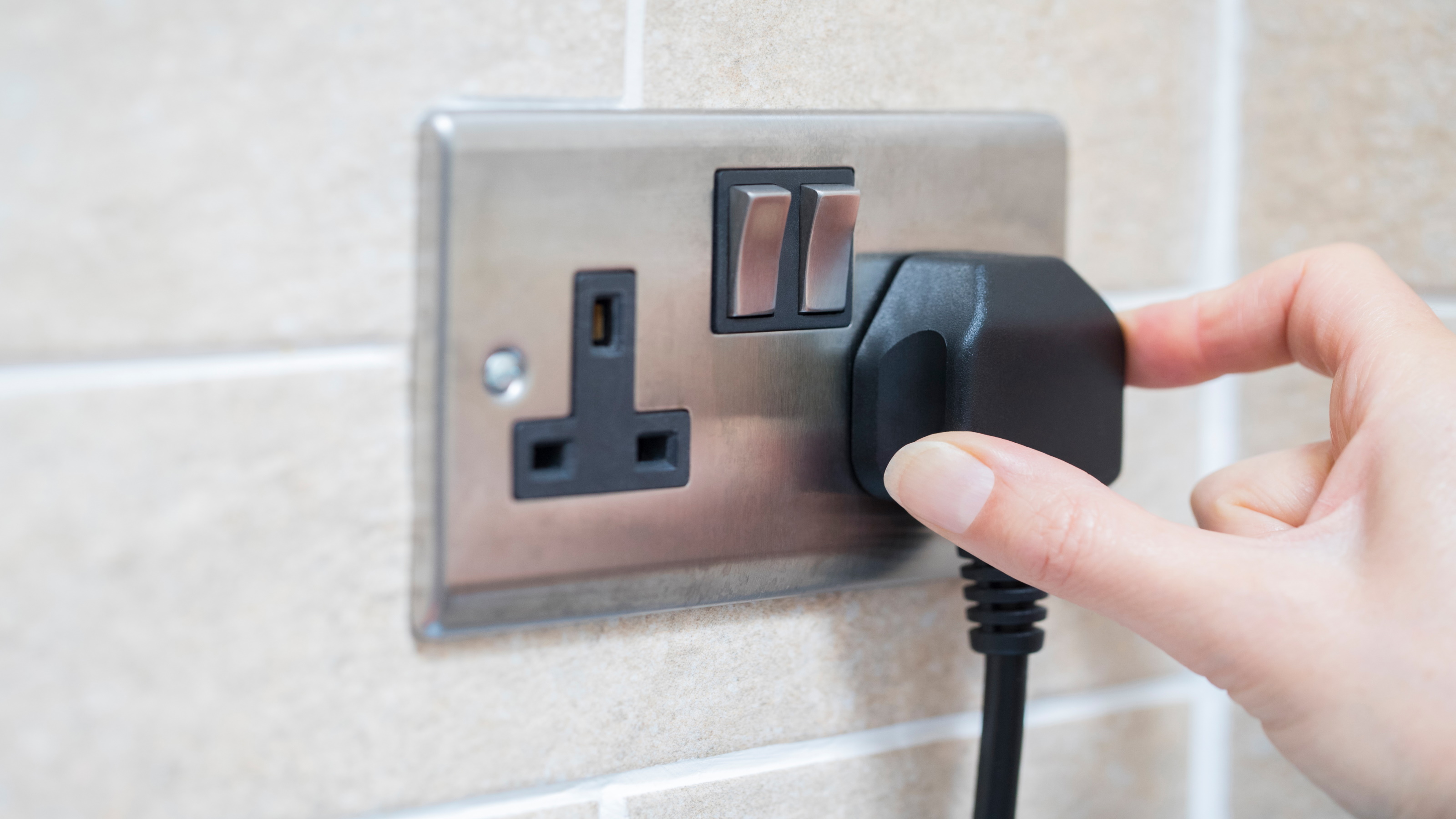
It is usually possible to find electrical sockets in ample supply throughout your home. Of course, this means that a loose connection between the plug and socket-outlet can lead to standalone lights, e.g., table lamps, flickering around the house.
"Faulty wall sockets usually show tell-tale signs on the outside. Blackening around the pin entry points, arching and possibly sparking switches, cracks or chips," explains Clive Holland, host of the Clive Holland Show on Fix Radio. "In all cases, stop using the socket and get it replaced by a qualified electrician."
Swaping a socket if the existing one appears too damaged is usually a straightforward, inexpensive task.
7. An Overloaded Circuit Board
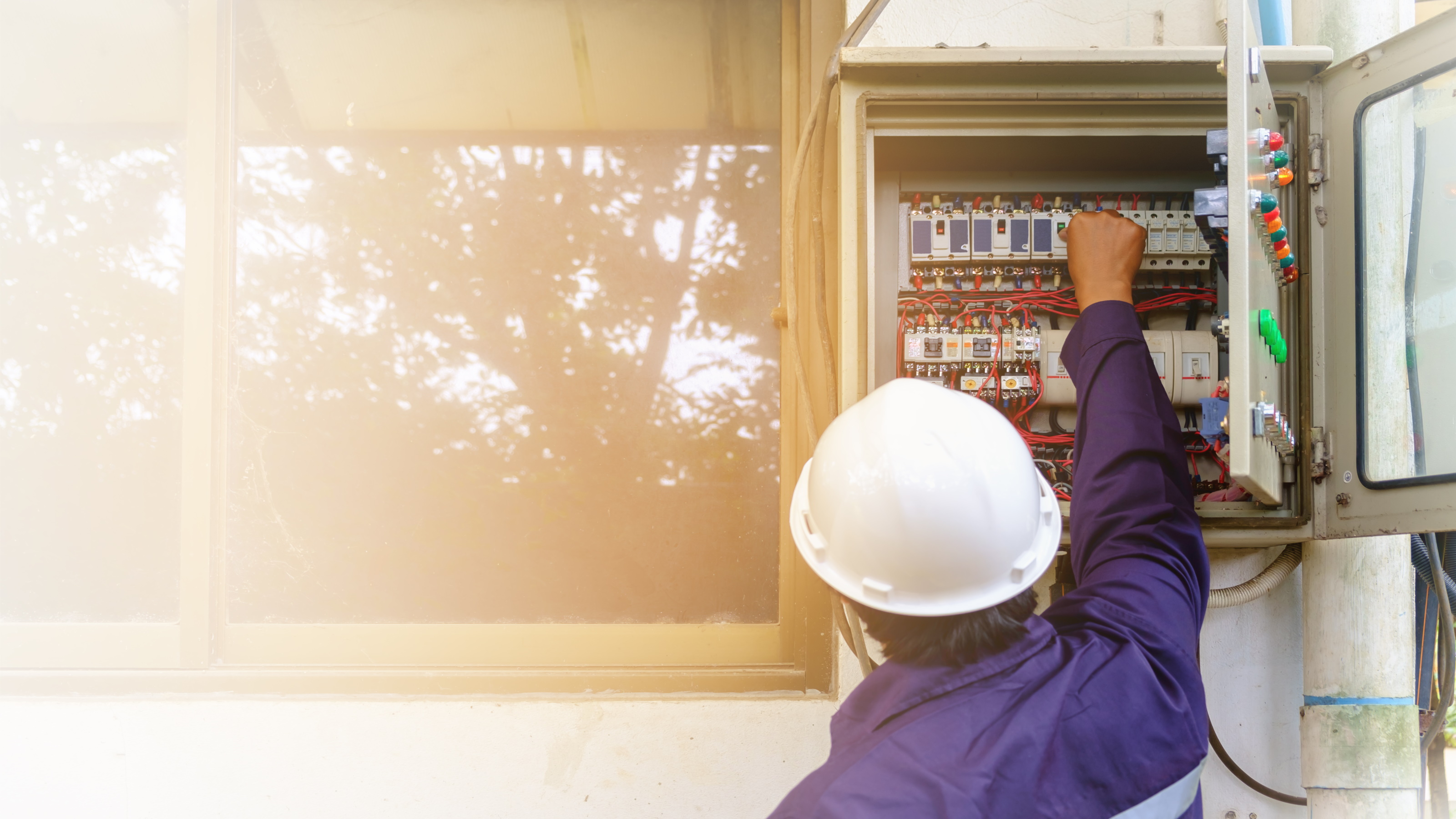
As the number of household appliances and devices we have in our homes increases, overloaded circuit boards are becoming more and more common. This is chiefly due to the amounts of electricity needed to power each appliance.
For example, if flickering lights are infrequent and brief, this is usually not serious. Still, you should keep an eye on the situation, in case anything changes.
However, any blinks or flickers lasting longer than a few seconds each time should be reported to a qualified electrician, as this could mean that the circuit board needs replacing.
8. Problems With Your Electric Utility Service
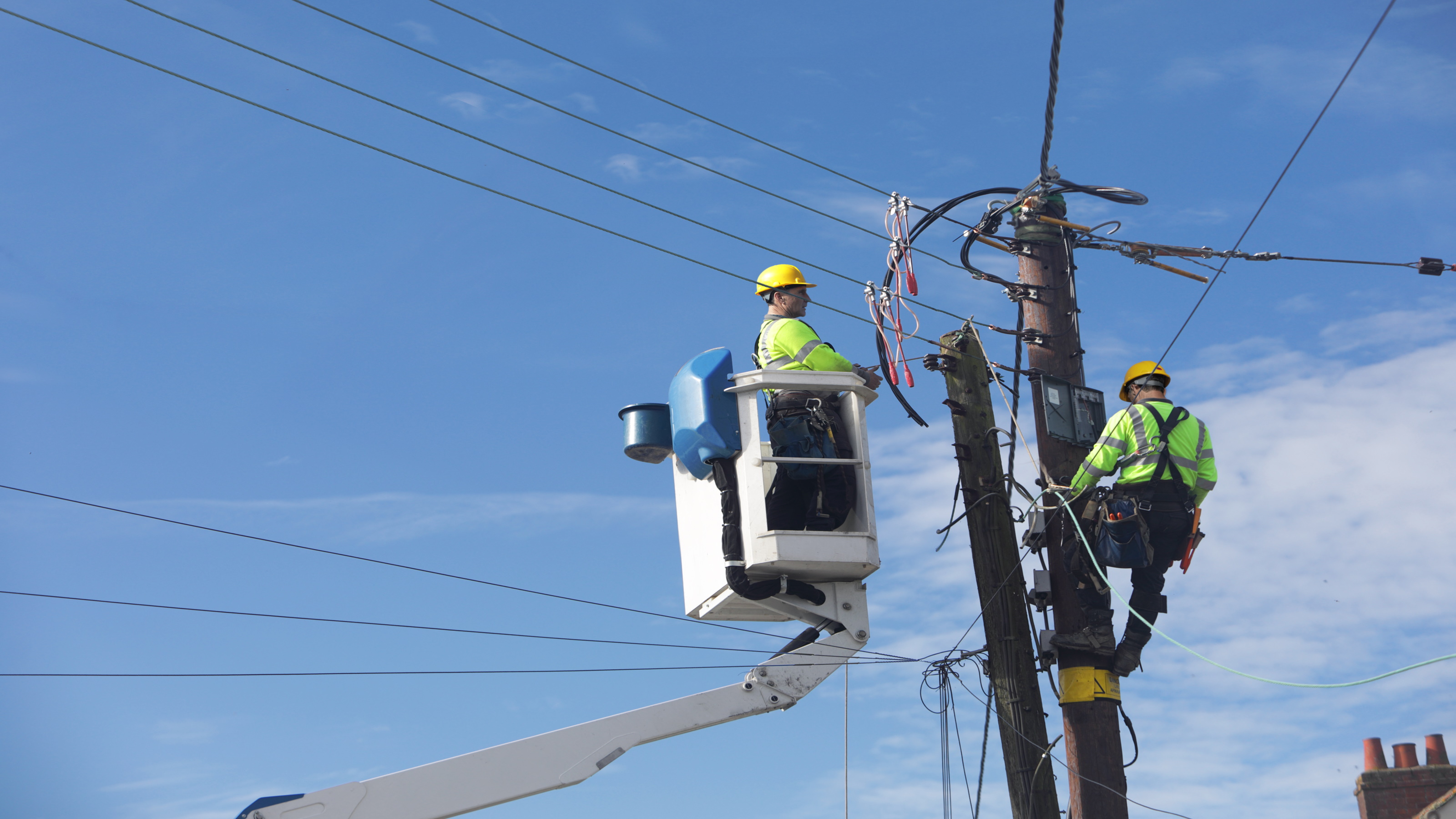
From time to time, flickering lights in the house can be attributed to a problem with your energy provider. This is most likely to occur ahead of a major electrical disturbance, e.g., an area-wide power outage or storm.
Check in with your neighbours first, as they could be experiencing similar problems; in which case, you know it's probably not a fault with your household electrics.
As an added precaution, you can also call 105, a free service available to people in England, Scotland and Wales, for useful information about possible local power cuts.
Are Flickering Lights a Fire Hazard?
Not all causes of flickering lights in the house are dangerous. They may be a simple fix you can undertake yourself (such as swapping bulbs) or a straightforward job for an electrician.
However, something like faulty wiring can pose a serious threat to home safety because of how the electrical current travels; it could potentially overheat its surrounding environment. Early intervention is your best bet here, especially if you're renovating a house or embarking on a similarly major project.
An electrician will help determine the true reason behind flickering lights in your house, so call a qualified professional straight away if you believe there's a potential fire hazard.
How Much Does It Cost to Fix Flickering Lights in the House?
The cost to fix flickering lights in the house depends on two things: the root cause of the flickering, and the repairs required to address it.
Changing a lightbulb, for example, means you only have to pay for the product; any labour is entirely your own. Expect to pay no more than a few pounds as standard for any new pack of LED bulbs. (The best LED bulbs are usually a little more.)
Now, if we think about fixing faulty wiring, that's potentially a very expensive project. In the UK, rewiring a whole house can cost £3,000-£10,000.
Fixing any isolated faulty wiring, however, will cost less, but you must still budget upwards of £150, as fees can vary depending on where the fault lies in the house, and the labour rates of the electrician to get things working as they should once again.
Get the Homebuilding & Renovating Newsletter
Bring your dream home to life with expert advice, how to guides and design inspiration. Sign up for our newsletter and get two free tickets to a Homebuilding & Renovating Show near you.
Rob Keal is the Content Editor at Homebuilding & Renovating. With a background in content marketing, he began his career back in 2016 as a freelancer, before honing his craft at various digital marketing agencies. Looking to specialise in DIY and homes, he joined the team in February 2022.
Renovation has been part of his life since he was nine years old, when his parents bought a medieval cottage and completely revived it, introducing him to kitchen remodels, loft conversions, landscape gardening, and much more besides along the way. A bedroom extension and patio refurbishment are among his next planned projects. He is also passionate about interior design and landscape gardening.
